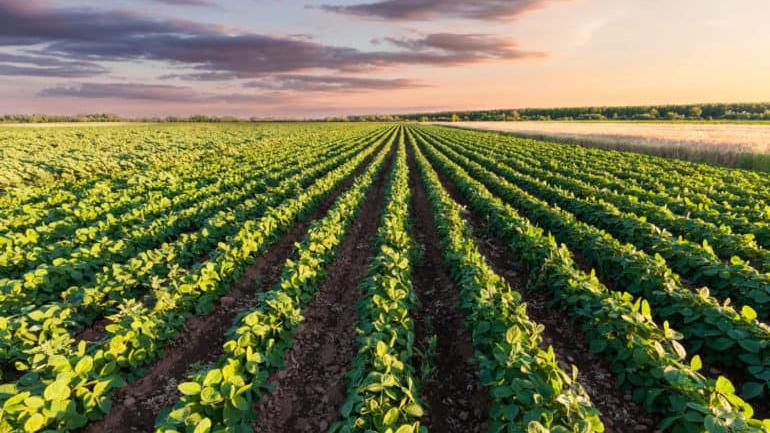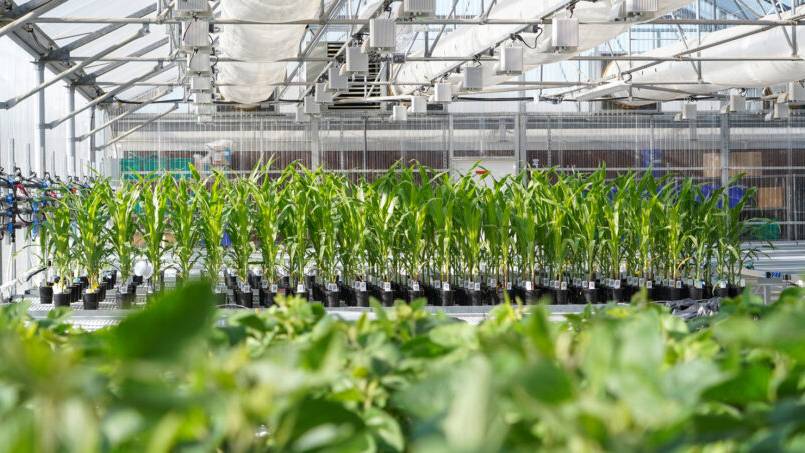Gaining Momentum: Herbicides on the Rise in Africa
Smallholder farmers in sub-Saharan Africa are increasingly becoming accustomed to using herbicides as reality sinks in that traditional methods of weeding are not only costly but have negative significant impacts on yields.
In a continent that is desperate to increase food production to feed a growing population, using modern methods to tackle the problem of weeds has become paramount and a majority of farmers are turning to herbicides for solutions.
While for years the level of apathy and opposition towards herbicides in Africa has been high, the tides are turning largely driven by the fact that besides traditional weeds that have existed for years, the continent is witnessing an increase in invasive species, some of which have their origin in South America, North America, and Asia.
More critically, research has shown the cost of losses instigated by weeds and invasive species on the agricultural sector is enormous.
Agricultural experts reckon that in sub-Saharan Africa, weeds reduce crop yields by 30% to 40% on average and in some cases, they can completely wipe out a crop.
“The impacts of weeds are often ignored, unlike the situation with crop pests, yet they have similar or higher impacts on yields if not controlled,” said Arne Witt, Regional (Africa and Asia) Coordinator of Invasive Species at the Centre for Agricultural Bioscience International (CABI).
He added that unlike crop pests, weeds generally have cross-cutting impacts on multiple sectors such as crop and pasture production, human and animal health, water resources, biodiversity, tourism industry, irrigation systems, among others.
“The situation is getting worse as more and more weeds are accidentally being introduced into Africa due to inadequate biosecurity measures,” he noted.
Considering that manual weeding or hand weeding is the predominant weed control practice in sub-Saharan Africa, it is estimated that 50% to 70% of the labor in crop production is spent weeding.
Indeed 100 million women spend 20 billion hours weeding, an average of 200 hours per person per year while approximately 70% of school children leave school during peak weeding times to help control invasive plants.
According to a report by CABI, invasive species like Bidene pilosa, Parthenium, Striga, Tagetes minuta, Xanthium strumarium, Imperata cylindrical, Chenopodium album, Chloris virgate, Datura ferox, Datura stramonium, Cyperus esculentus, Cyperus rotundus are a bane for farmers.
Across East Africa, for instance, five major invasive species cause annual economic losses in maize, beans, and tomatoes of between $900 million to $1.1 billion. Globally, invasive species are estimated to cost the global economy over $1.4 trillion annually.
These species are predicted to cause annual losses in the next five to 10 years of $1 billion to $1.2 billion for the 22 million households that rely on these crops in Ethiopia, Kenya, Malawi, Rwanda, Tanzania, and Uganda.
“Parthenium (Parthenium hysterophorus), for instance, is an invasive plant that besides causing up to 90% of crop losses in agriculture, is poisonous to livestock and causes severe asthma and dermatitis in people,” states the CABI Action on Invasive Report 2017.
It adds that in eastern Africa, it is estimated that parthenium invasions alone cause economic losses of about $81.9 million among smallholder mixed maize farmers.
While at the turn of the century less than 3% of farmers on the continent were using herbicides, the use of chemicals to control weeds is rapidly gaining traction with the realization that improved weed control results in significant increase in crop production.
In crops like maize, cotton, and wheat, the use of herbicides has resulted in yield increases of up to 55%, 75%, and 80% respectively.
“Farmers have realized hand weeding increases the cost of production and this has forced many to turn to herbicides because they are cheaper, faster, and gives better weed control,” said Andrew Nguyo, Senior Agronomist at Amiran Kenya.
He added that while it costs an average of $10 to buy and spray selective herbicides to control weeds before planting per acre, hand weeding cost an average of $100 per acre.
In Tanzania, studies have shown that the use of herbicides decreased the weeding labor requirement in the hand hoe system by 96% while the animal drawn cultivators reduced the labor input by about 90%. When the animal drawn cultivators are supplemented by either herbicide or hand hoe the reduction is 92% and 55% respectively.
Apart from the significant savings for farmers in terms of costs and time, herbicides have other benefits like prevention of soil erosion, organic matter loss, water evaporation, and protection of biodiversity.
In East Africa, import of herbicides by agrochemical companies has been on increase with glyphosate and atrazine being the two mainly used herbicides. In Kenya, there are 28 different glyphosate-based registered products.
According to Witt, although usage of herbicides in sub-Sahara Africa is on the rise, the level of awareness among farmers in terms of which herbicides to use and when, application and safety (including storage of chemicals and the disposal of expired chemicals) remains quite low.
This reality, coupled by the fact that some herbicides that have been banned in other parts of the world particularly Europe are being sold in Africa, is fueling the voice of organizations opposed to their usage.
Atrazine, an herbicide which is widely used in Africa, is banned for use in Switzerland where it is believed to interfere with hormonal activity in animals and people.
There is also a growing concern that herbicide resistance is increasing at an exponential rate and also have side effects on non-target impacts on human and animal health.
“We encourage farmers to use a range of different chemicals to avoid resistance. Using the same herbicide over many years can result in some weed species becoming resistant to herbicides,” observed Witt, adding that over 270 weed species worldwide are already resistant to herbicides.
Although herbicide-use may contribute to a reduction in the impacts of weeds on food production, they can also have negative impacts on biodiversity and human and animal health.
Indeed while herbicides will continue to play an integral role in the agricultural sector, experts are exploring other means of tackling the menace.
These include improving of surveillance mechanisms to detect new invasions early and eradicate or contain them, introduction of biological control agents to reduce growth rates, and inhibit spread and create awareness among farmers on the need to manage weeds during fallow periods to prevent the build-up of weed seeds in crop production areas.





